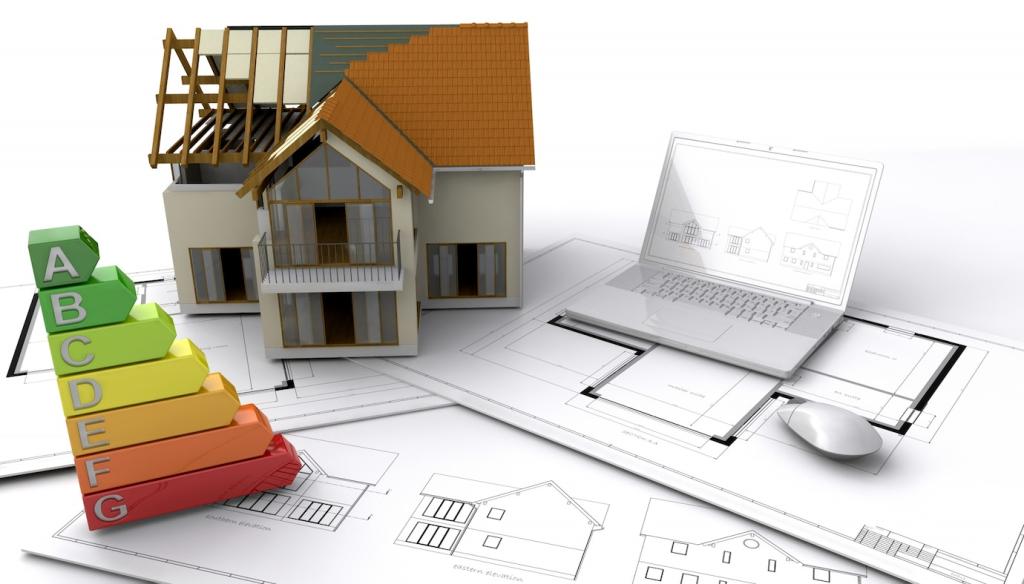Seal, Then Insulate: The Winning Combo
A blower door depressurizes your home to reveal hidden drafts. Pair it with a thermal camera and you’ll see the energy story in color. Curious? Schedule an audit and tell us what surprised you most about your home’s airflow.
Seal, Then Insulate: The Winning Combo
Warm, moist air sneaking into cold cavities can condense and cause trouble. Smart vapor retarders, balanced ventilation, and attic baffles keep assemblies dry. Dry assemblies protect R-value, indoor air quality, and the long-term integrity of your investment.
Seal, Then Insulate: The Winning Combo
Caulk, foam, weatherstripping, and gaskets handle many leaks. Use fire-rated materials near flues and can lights, mind clearances, and label your work. Subscribe to get our step-by-step air sealing checklist and practical safety reminders delivered to your inbox.
Seal, Then Insulate: The Winning Combo
Lorem ipsum dolor sit amet, consectetur adipiscing elit. Ut elit tellus, luctus nec ullamcorper mattis, pulvinar dapibus leo.













